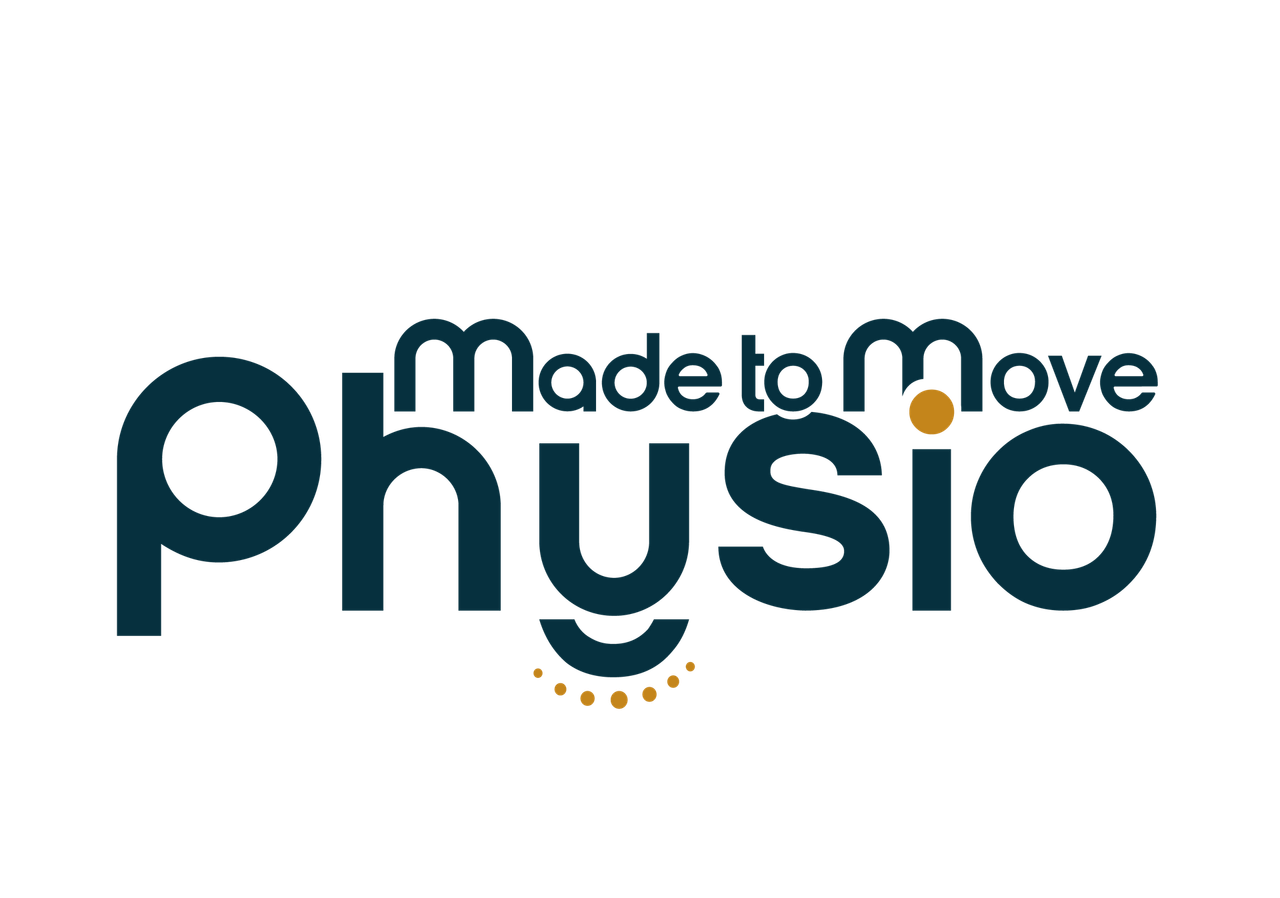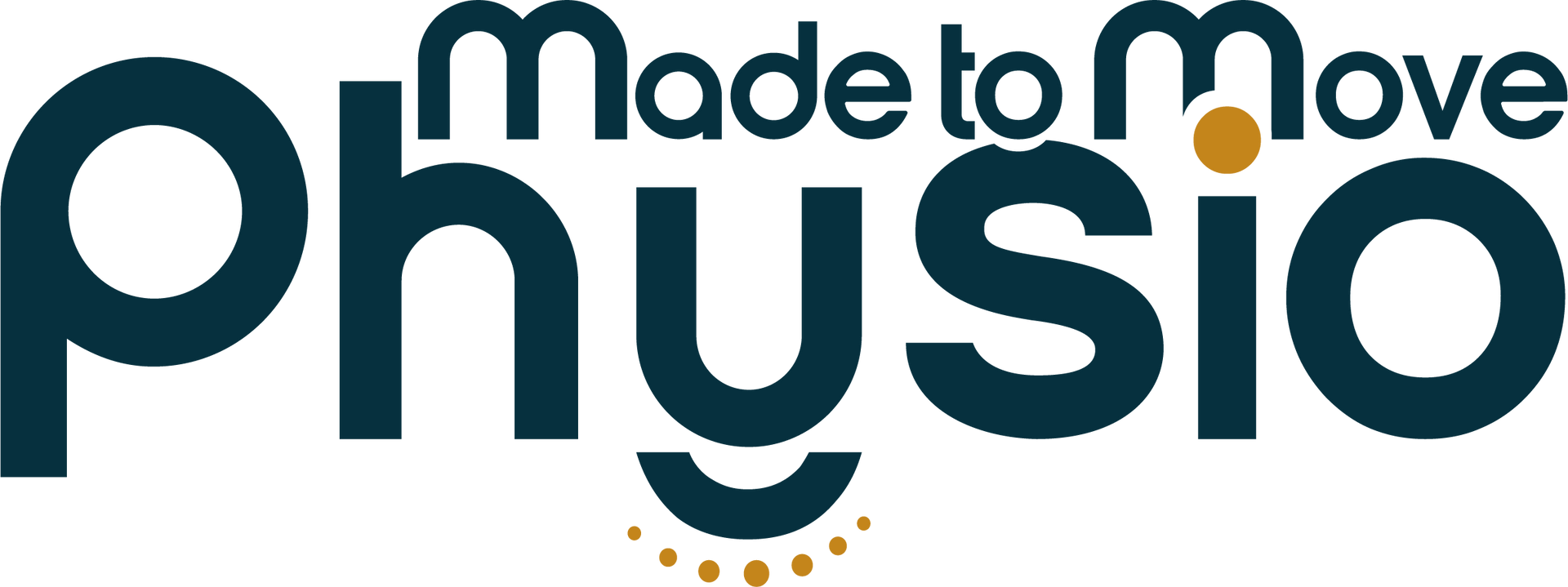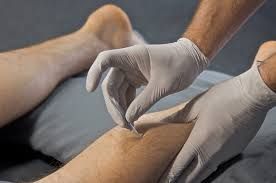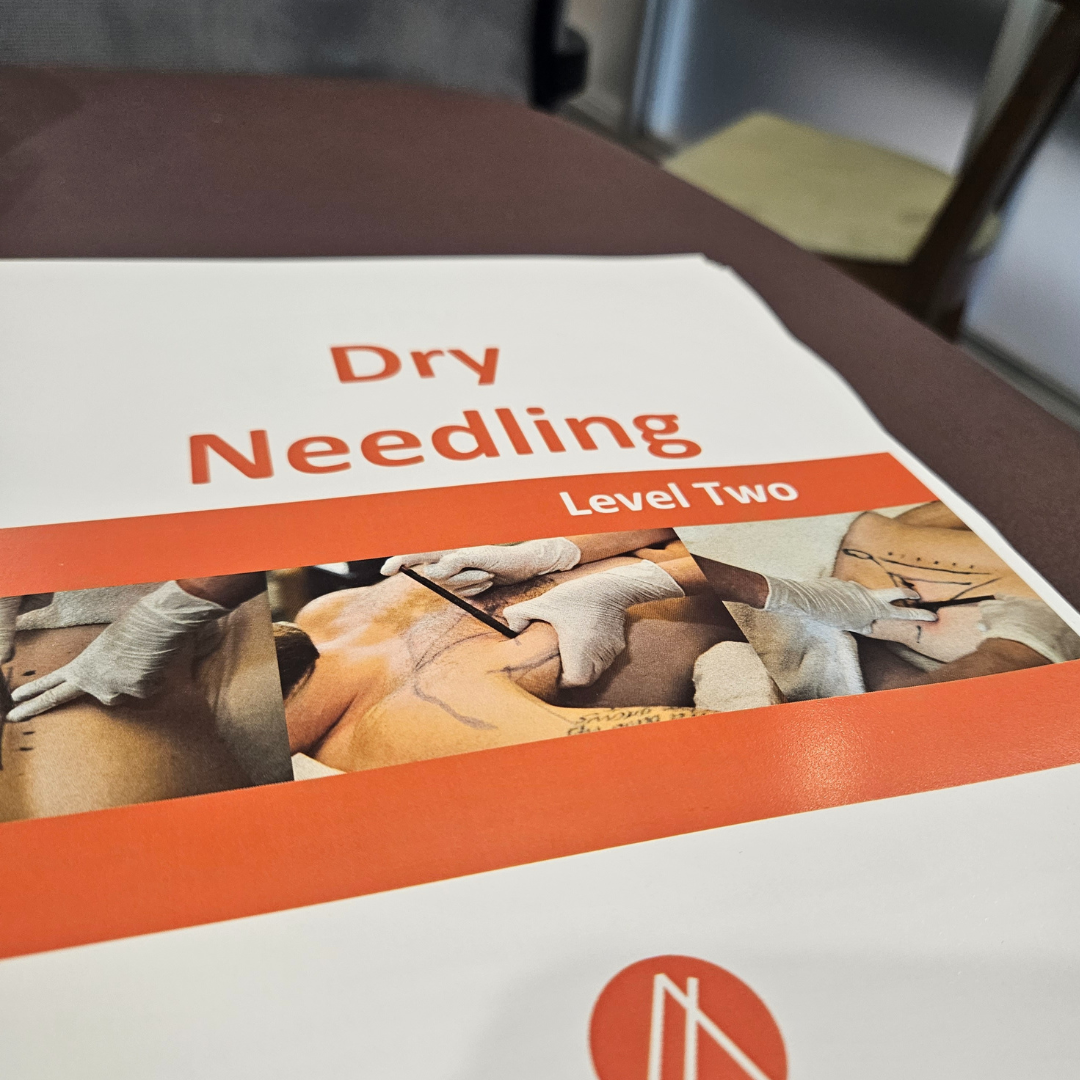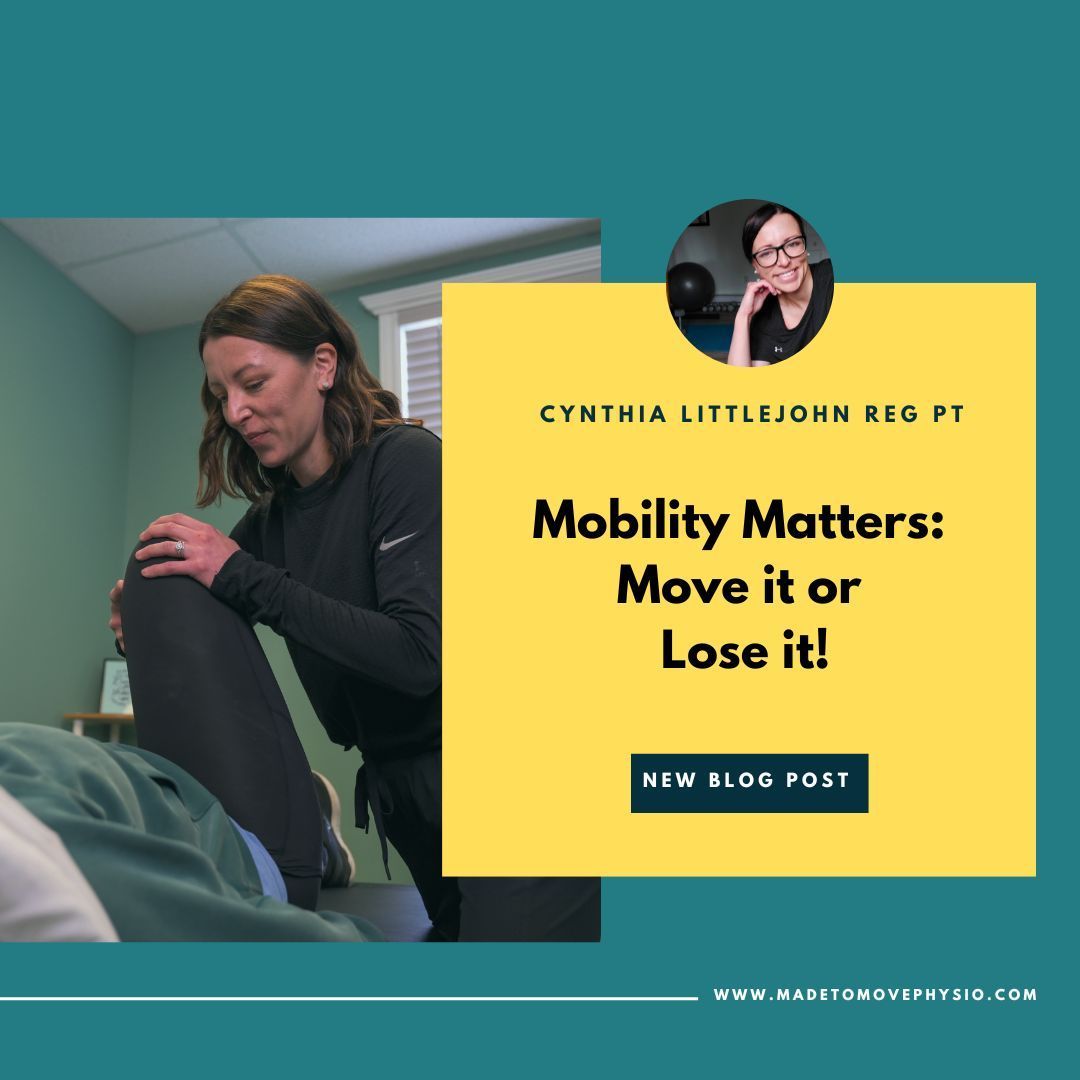Why I believe in Dry Needling, and you should too!
This blog entry is going to be a little bit different, settle in for a little story time session, but don't you worry it will be
worth it!
I have been practicing Physiotherapy for
15 years and using
Acupuncture as a part of my Physiotherapy practice. When I was a young athlete with a rotator cuff injury my Physiotherapist performed acupuncture on my shoulder ( SHOUT OUT to Larry Burton!!) I found it to be of benefit to my own personal recovery and therefore took up the opportunity to learn it myself back in 2008. And have been using it with positive results for years now.
Fast forward 14 years and I was
introduced to dry needling. In a very similar way. I was struggling with an injury and had a dry needling session that really
changed the trajectory of my recovery BIG TIME.
I have played Soccer and Volleyball most of my life, and decided to start
running in 2012, picking up my training and mileage in 2015. During this time I would have a
recurrence of calf pain, and it was
completely frustrating!!
As a Physiotherapist I threw everything at it- I was doing every pre-hab and rehab exercise and tool you could think of- eccentric loading protocols, seated and standing heel raises, plyometrics, and all of the soft tissue release- scrapping/rolling –
every thing- and it helped!
However every time I tried to push my training workouts it would always remind me it was there. At its worst would take about 3 weeks to resolve to allow me to run comfortably. So I
booked a dry needling session.
I was
nervous like any
first time dry needling patient
would be, you hear that it is uncomfortable and just the fear of the unknown. The procedure itself was pretty quick, each point taking a few seconds. I did get a twitch response and it was a
uncomfortable sensation- that quickly went away once the needling was over.
Afterwards my calf felt tight for the rest of the evening, I was tentative to walk far that same day, however the next morning that feeling was gone, I felt soreness like I had had a deep massage. However the
big results was 48 hours later I was able to
run, pain free and with ease.
I Was in shock! I was able to get back to running in 3 days, when a typical “flare up” would take me about 3 weeks to recover from.
I had a return appointment about 2 weeks later as I was doing well, this appointment the
twitch response felt way less intense
and with less pain. I have been able to run and ramp up my training without issue for the first time in a long time.
I was so impressed I signed up for the next dry needling course and now have
Level I and Level II certification with acupuncture Canada!
From my experience as a clinician and from first account
experience as a
patient. If you have any
injury that is becoming
chronic, not responding to other modalities, are mid training and want a
quicker turn around. You should
try dry needling!!
DISCLAIMER-
you still have to do the work!!!
this does not replace the need to get in your mobility and strength work and to get to the root cause of your symptoms!!! Dry needling is a tool but it does not replace the need to manage your injury with movement and strength training.
FAQ's
- What is the difference between acupuncture and dry needling?
The are a few differences. With dry needling the needle does not stay in for any length of time. The needling is pistoned in and out of a trigger point several times and then removed completely. Also with dry needling we are targeting muscles knots or trigger points and therefore the points are different then traditional acupuncture points.
2.
Is Dry needling painful?
The purpose of dry needling is to illicit a muscled twitch, this sudden onset muscle contraction can be uncomfortable. Everyone's response will be a little different. You can navigate with your dry needling therapist your concerns regarding it being painful, and select to do just 1 or 2 points to start, to allow you to get used to the sensation.
3.
What does dry needling do?
Dry needling is the use of a fine filament size acupuncture needle, it is inserted into a muscle knot or trigger point, using a pistoning movement in and out of the muscle knot. The goal of treatment is to illicit a twitch response, it is thought that a muscle resting in a shortened position or "knot" when forced to "twitch" or maximally contract it will then come back to rest in a more lengthened position. This can aid in improving range of motion, mobility and decrease pain.
